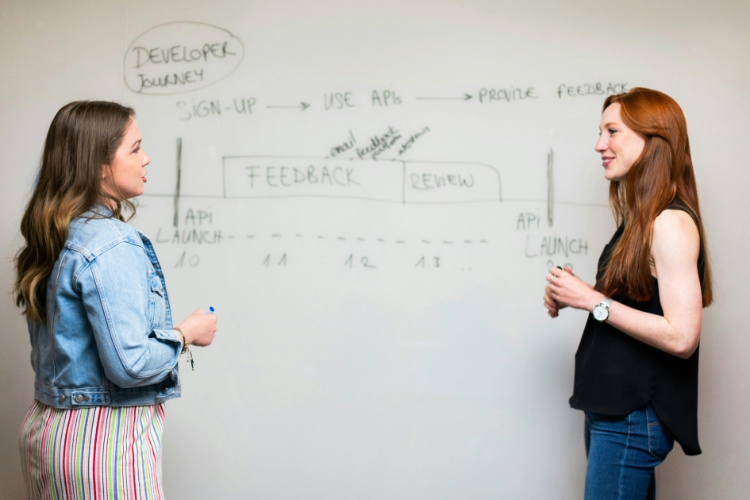Unlocking Efficiency: Deep Documentation of IT Applications and Processes

Challenge
A government-owned electricity network management organisation lacked comprehensive documentation for its key applications. There was an absence of established standards for code, security and delivery. This all made onboarding new technical staff a time-consuming process.
Outcome
With our support, the organisation now has comprehensive documentation for all IT applications, providing a foundational understanding of their current landscape. With this information, it can confidently make informed strategic decisions, address immediate challenges and lay a path for future scalability.
A government-owned organisation that manages and maintains some of Australia's largest electricity networks faced significant documentation challenges. With no comprehensive documentation for key applications, as well as an absence of established standards for code, security and delivery, it struggled to identify an accurate understanding of its systems. This included application functionality and key-person dependencies, which meant onboarding new technical staff was a time-consuming process.
Crucially, the lack of documentation hindered strategic decision-making and led to reactive and temporary fixes rather than confident and future-proof investments. To address this, the organisation partnered with our teams to comprehensively document applications and establish robust code and security standards.
%20(1).jpg)
Collaboration for best practice documentation
Kicking off with a project plan of clear timelines, goals and dependencies allowed our teams to achieve comprehensive IT application documentation within an ambitious timeframe. Regular check-ins with project sponsors and clearly defined collaboration methods were key to a successful approach.
Operating in an augmented model, we seamlessly integrated with the client’s DevOps team. Close collaboration with different business areas, subject matter experts (SMEs) and technical teams facilitated the documentation process.
Technical Product Analysts conducted interviews with stakeholders to capture the purpose, key functionality, users and permissions matrices for each application. Simultaneously, our Solution Architect investigated the technical aspects, documenting overall system architecture, components, dependencies, integrations, codebase, standards, data flow diagrams and deployment processes.
Additionally, our technical lead collaborated with the client to establish code standards and best practices, technical delivery procedures and developer obligations. This led to the creation of a template so any future applications can be documented in the same way. Additionally, a set of standards and best practices were agreed upon, including best practice code standards to ensure a more streamlined and standardised approach, fostering greater consistency and efficiency within the IT infrastructure.
%20(1).jpg)
Streamlining for future success
This collaborative approach empowered the organisation with comprehensive documentation for all IT applications, offering it a foundational understanding of its current landscape. Moving forward, the organisation has a solid basis on which to ground strategic decisions. It can also use this documentation to significantly reduce the time required for onboarding new team members.
We were pleased to support this organisation in addressing its immediate challenges in a way that positioned it for enhanced operational efficiency and future scalability.
Explore the industry
Energy and Resources
Pivot to meet the opportunities and challenges of the evolving technology landscape, with innovative, smart solutions that deliver lasting benefits.

Interesting? We love when people share.